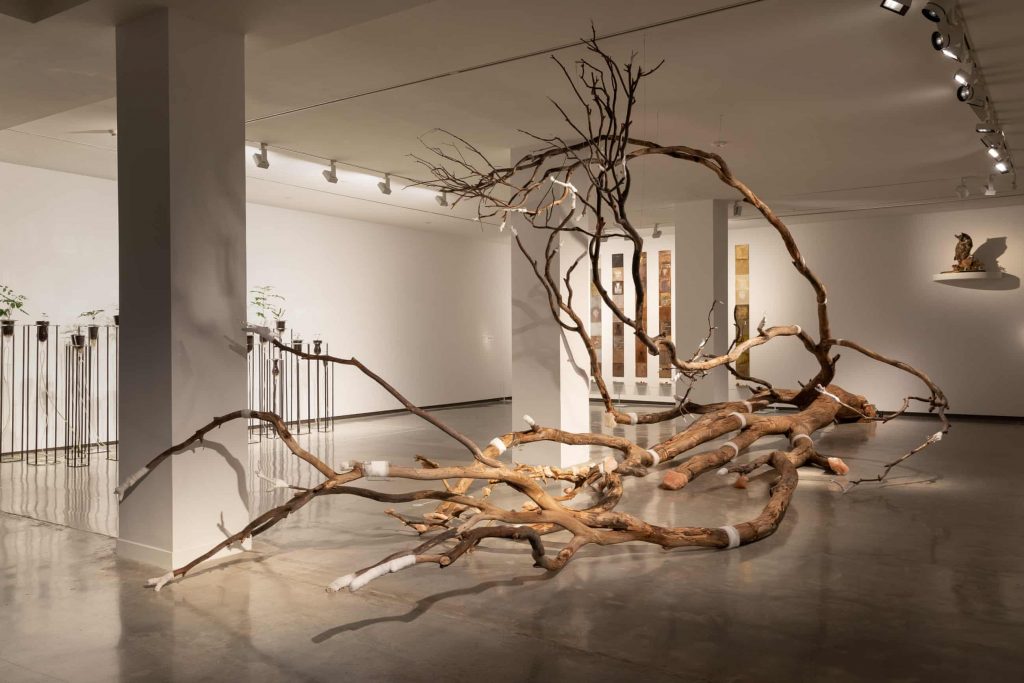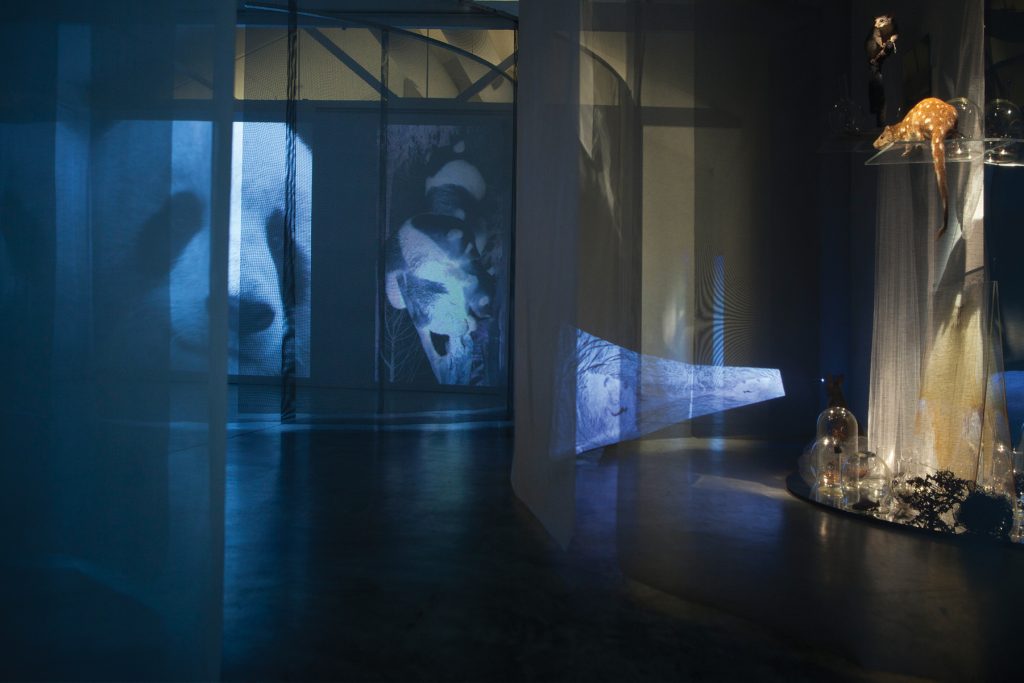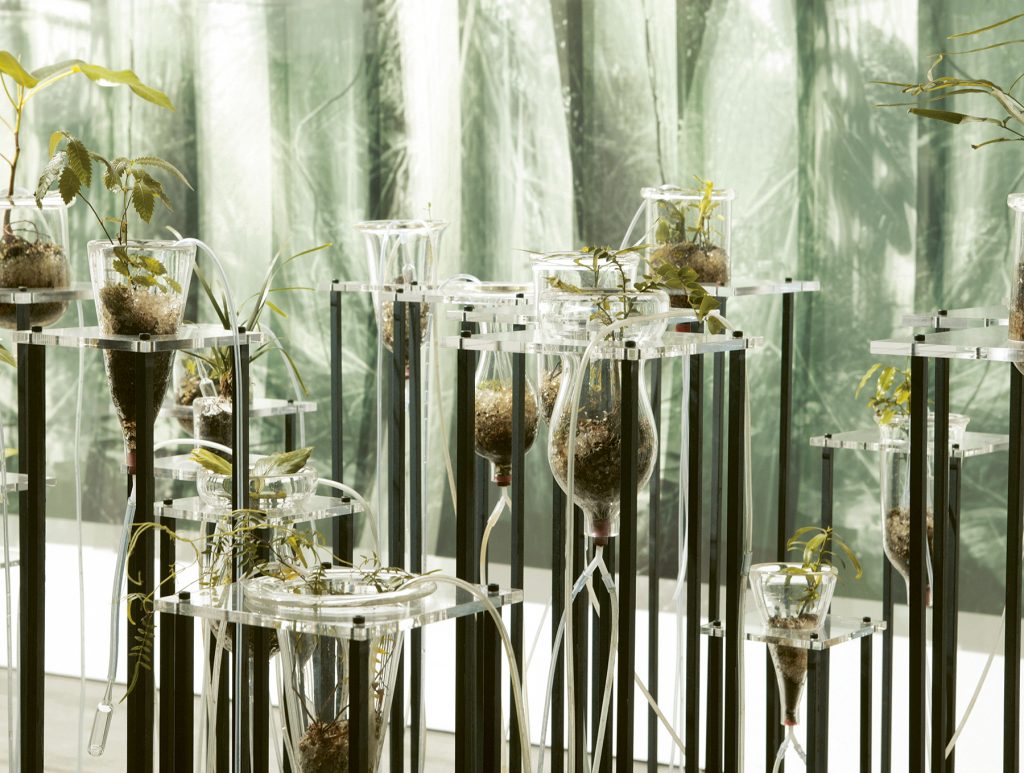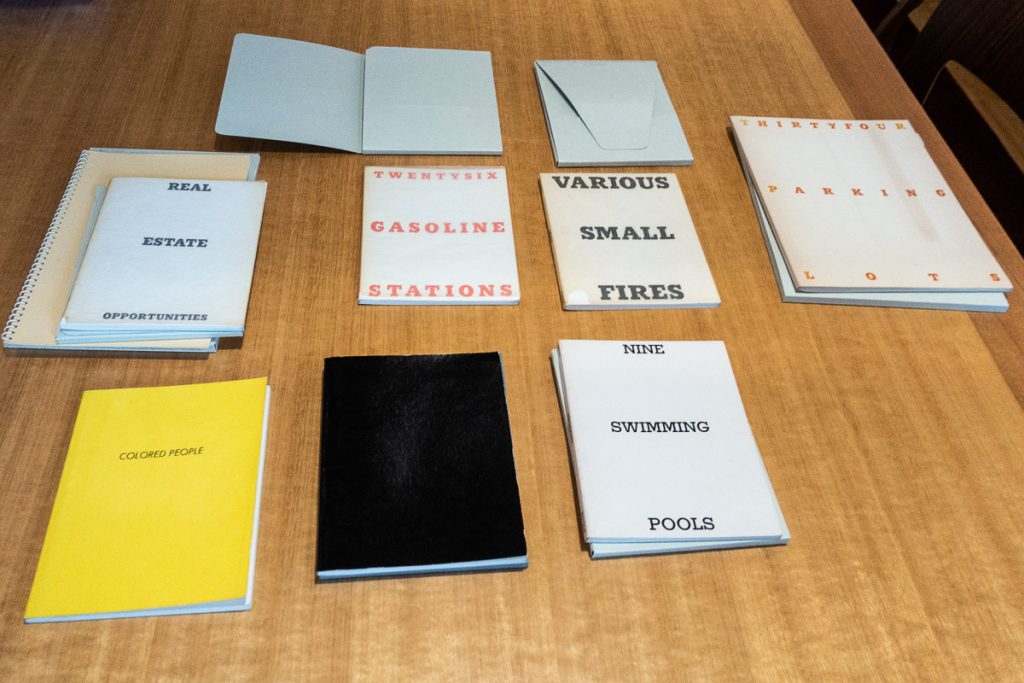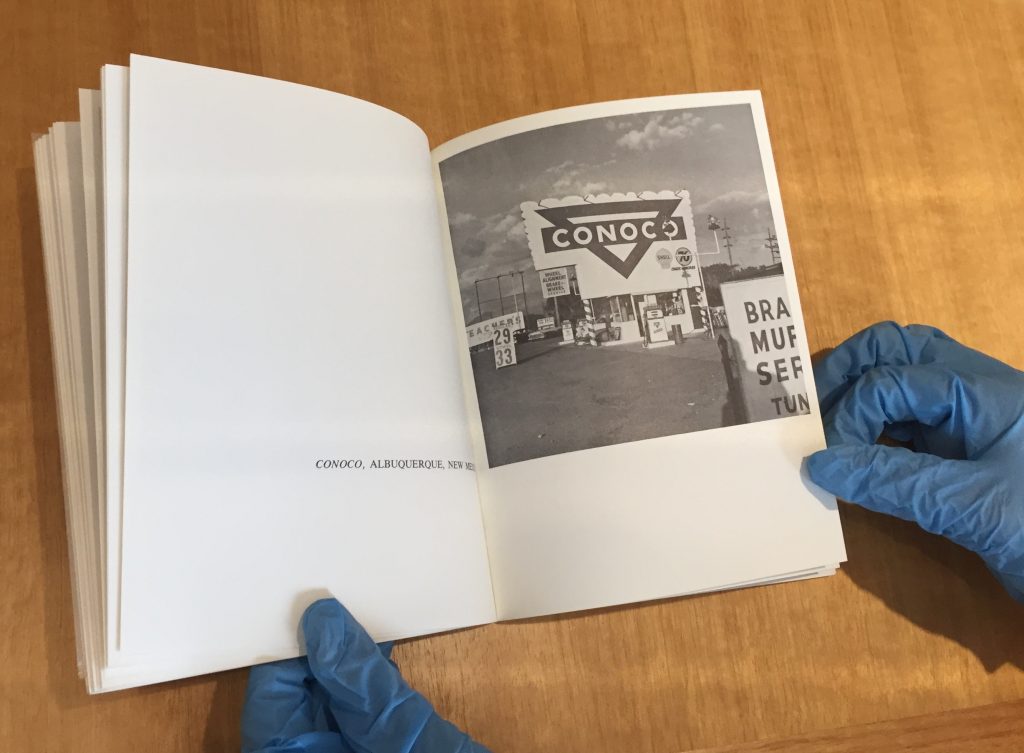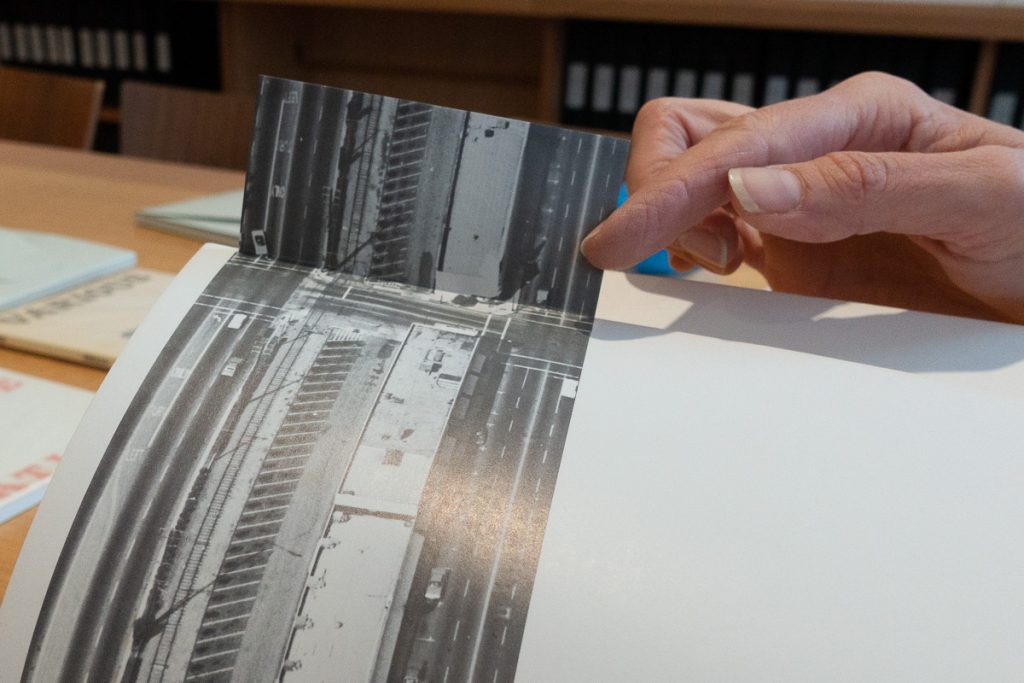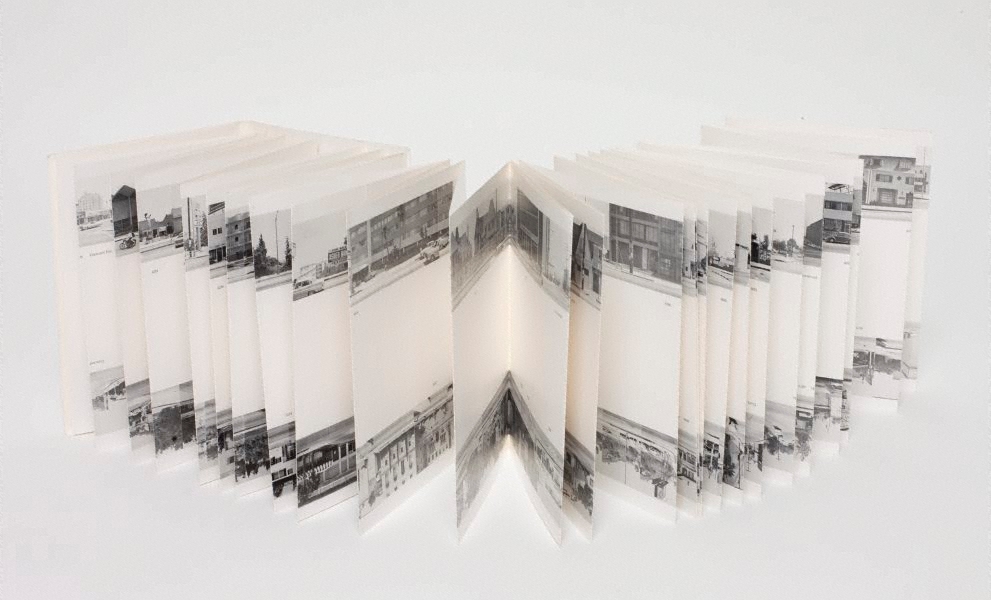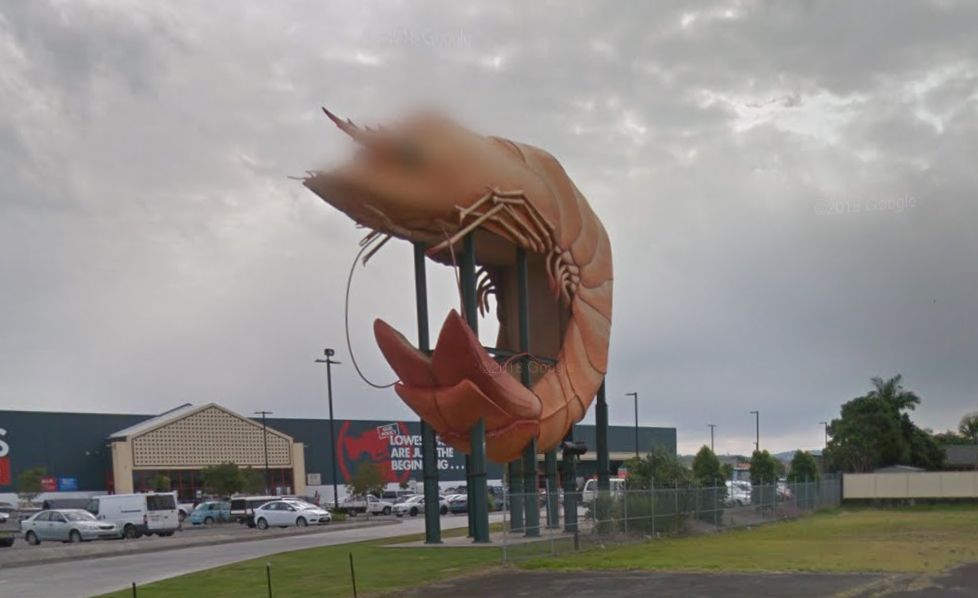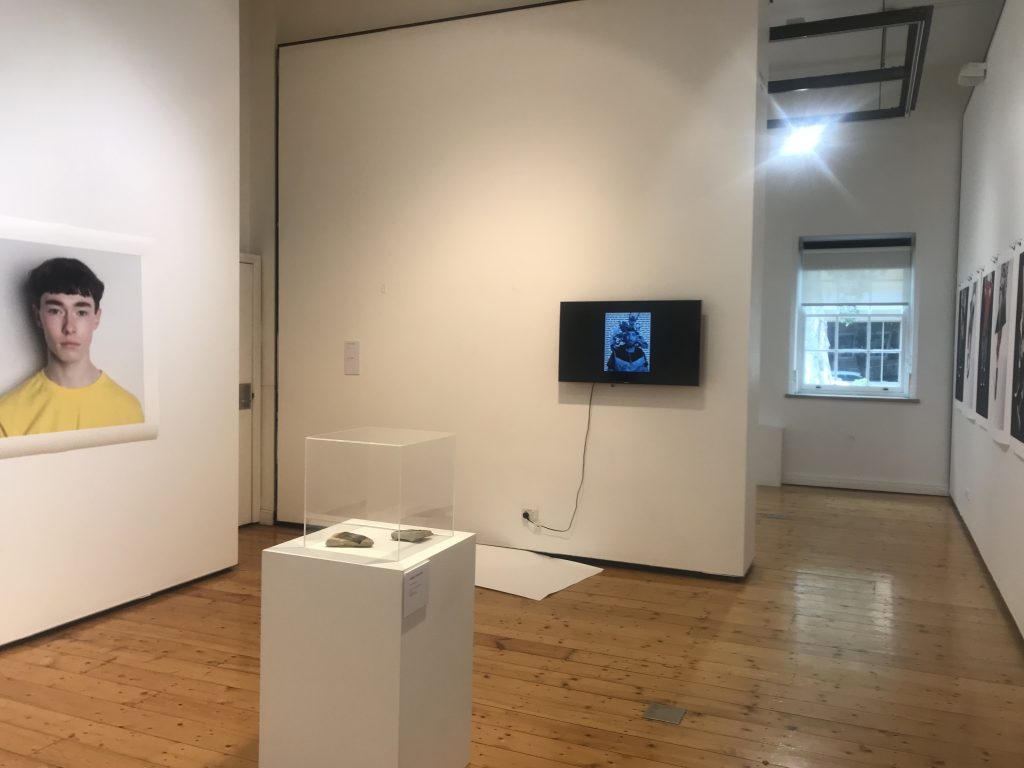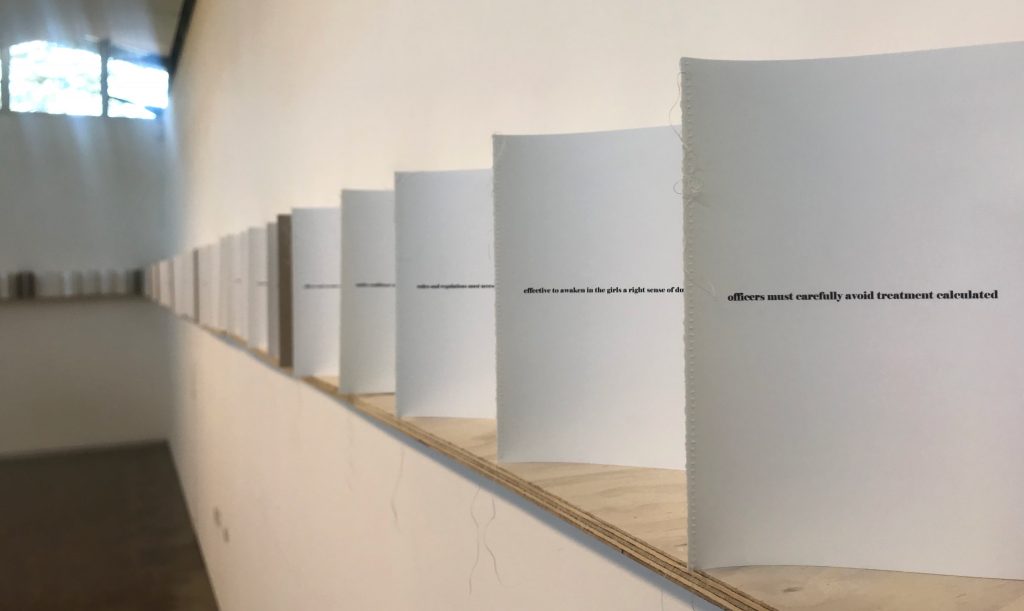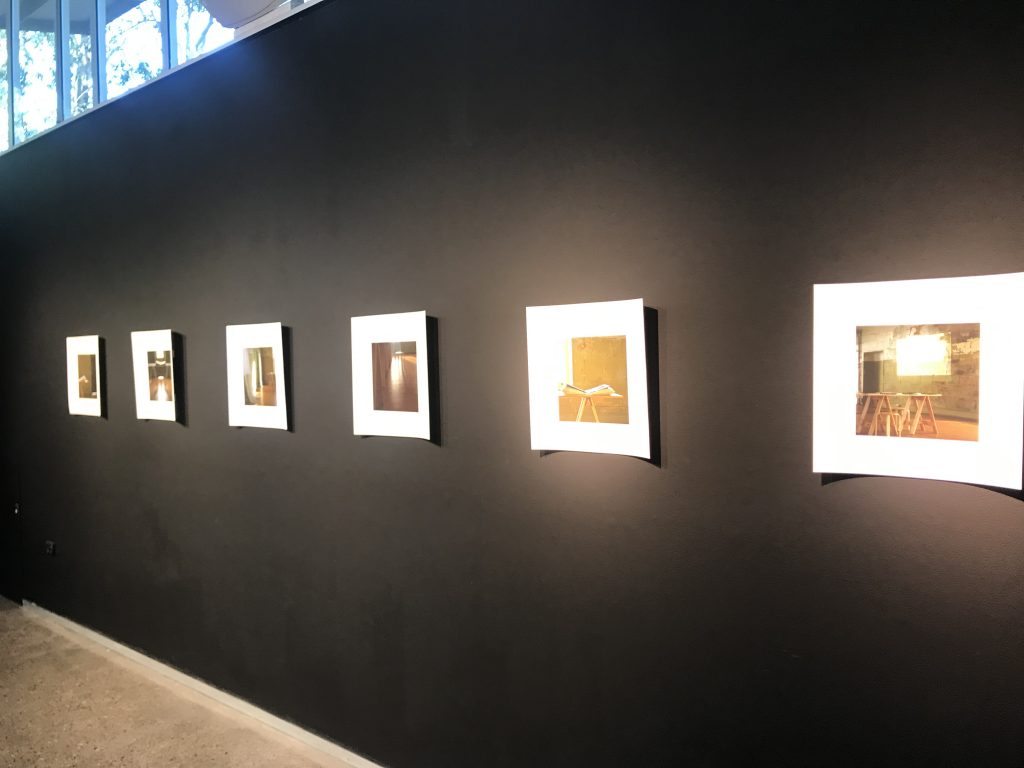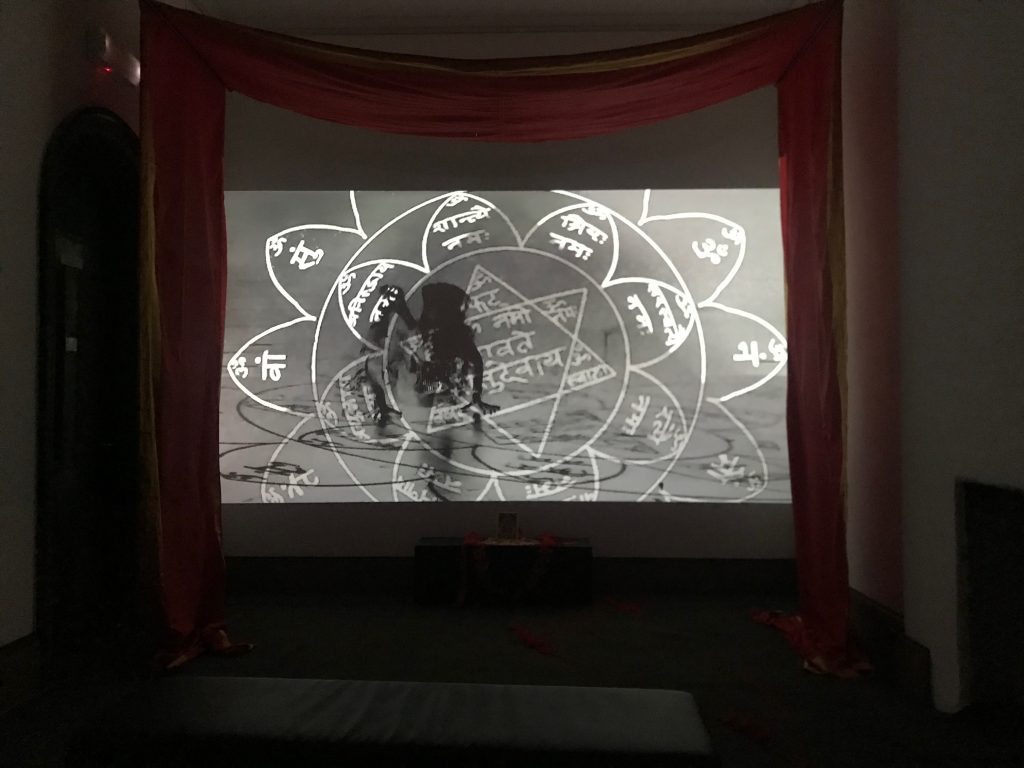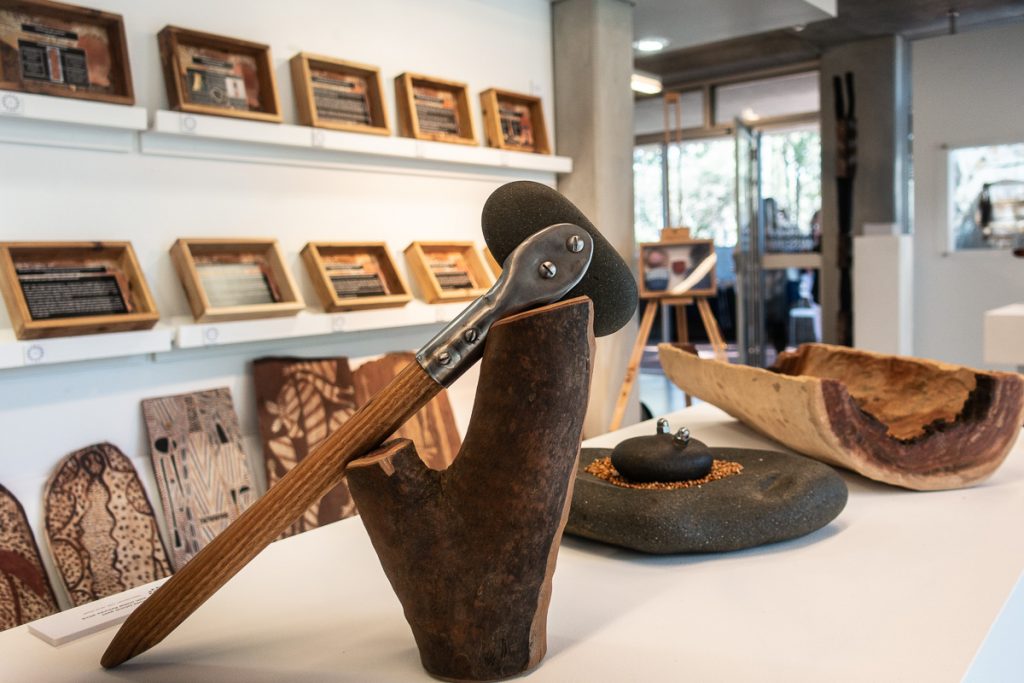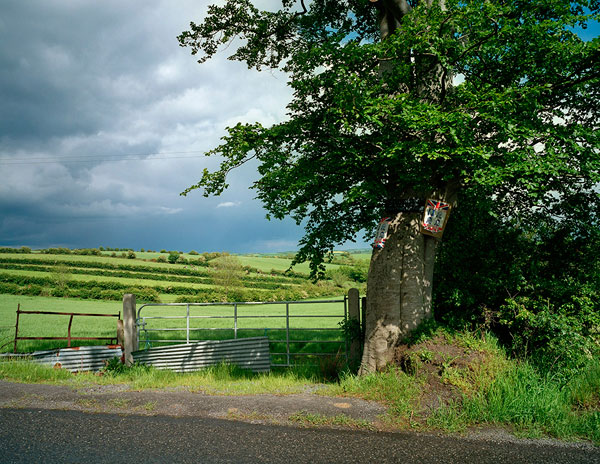It’s been a busy week, with the collaborative zine activity to complete and the 24 hour ‘Hands Off!’ activity. Plus exhibitions in Sydney, 30 hours in the air crossing continents, and guest lectures and webinars. The feedback I have received on my work and plans for the FMP have been reassuring, and I feel confident that I am well prepared for that (as long as I can get all the preliminary work done in the next two weeks, which will be tricky with a book manuscript to deliver, and an introduction to write, in 10 days time). There are also sensitive political issues to address. My major concern is determining the focus for my WIP portfolio for this module, and this will be the focus for my one-to-one tutorial with Cemre on Monday.
Anthony Luvera’s presentation was insightful. Luvera sees his work as a direct descendant of the participatory and critical photography of the Camerawork/Half Moon/Cockpit era (I knew Jo Spence, did my darkroom work at Camerawork and worked for many years with the Director of the Cockpit from that period, so know this work, and its political context and orientation, well). He places equal emphasis on the process of production and the outcomes. His presentation raised interesting issues about the ethics of participatory photography (especially in relation to the regulation of social research, and differences in ethical expectations, for instance in managing risks to the participants), and about authorship (on which he was resolute about the importance of including appropriate attribution to artist in co-authored work, for instance, assisted portraits). Having moved from using photography as an educator, both in classrooms and in the training of teachers, to placing greater emphasis on my own work as a photographer/artist, it was good to be able to position my previous work and my current practice in relation to what Luvera and others are doing. The question of authorship and attribution wasn’t quite resolved for me, and I have to think more about how I attribute work appropriately in the FMP project.
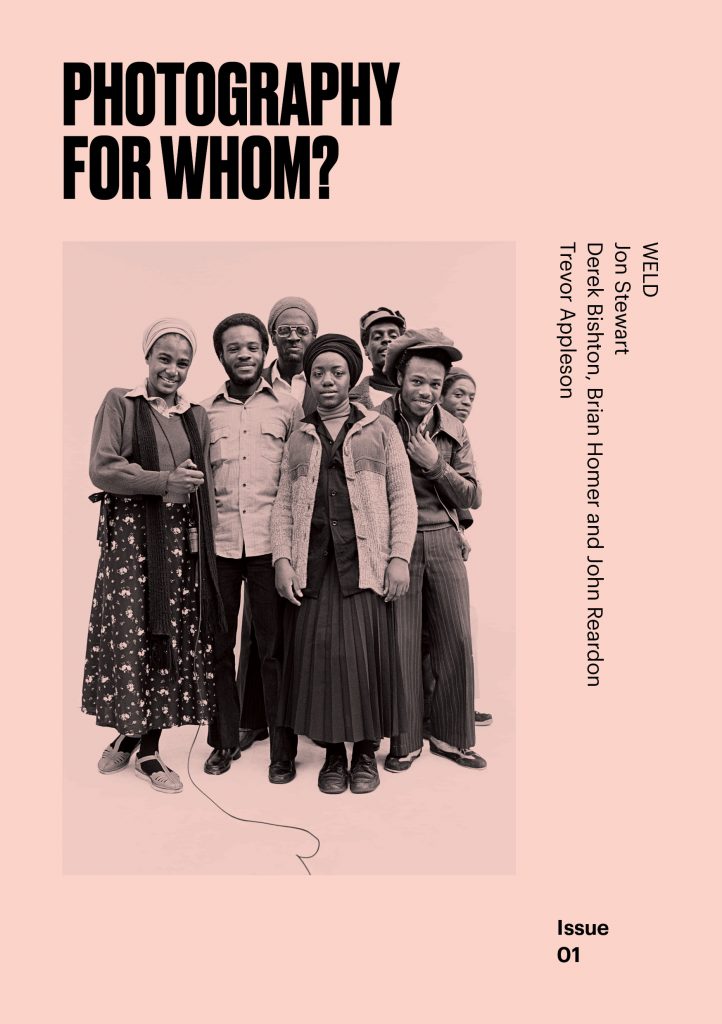
Through his journal ‘Photography for Whom‘ he intends to make visible some of the cultural history of participatory photography; it might be productive to submit a paper which explores the relationship between the fields of photography and education in the development of this work, and the impact of the different forms of institutionalisation of practice, and careers, between these fields. The point he raised about the impersonal nature of the literature and other material available to the providers and recipients of social care, and the inaccessibility of these services, is very important, and his project ‘Frequently Asked Questions‘ is an imaginative, critical and effective way of addressing this.
The zine activity was interesting, and reinforced the importance of clear communication, sense of direction and responsibility in any collaborative project. The resulting zine is successful, in the sense that the images and intent are interesting and consistent, and the final online booklet works well. The activity does, for me, raise questions about the extent to which the spirit of the zine (cheap, lo-fi, accessible, counter-cultural, from and for the community etc) has been lost, or diluted, and the distinction between the zine and the photo-book eroded (again, worth re-visiting Simon Norfolk’s (2019) view of photo-books as indulgent vanity). The final booklet can be found here.
The reflection brief asks for statements about personal practice and methodology, which I think I have addressed elsewhere. In terms of moving my project forward, the next couple of weeks will involve getting approval and making arrangements with key stakeholders, and refining the form the activities will take and working towards achieving the practical competence required (for instance, in the use of the 5×4 in the field, and processing in ecologically low impact ways).
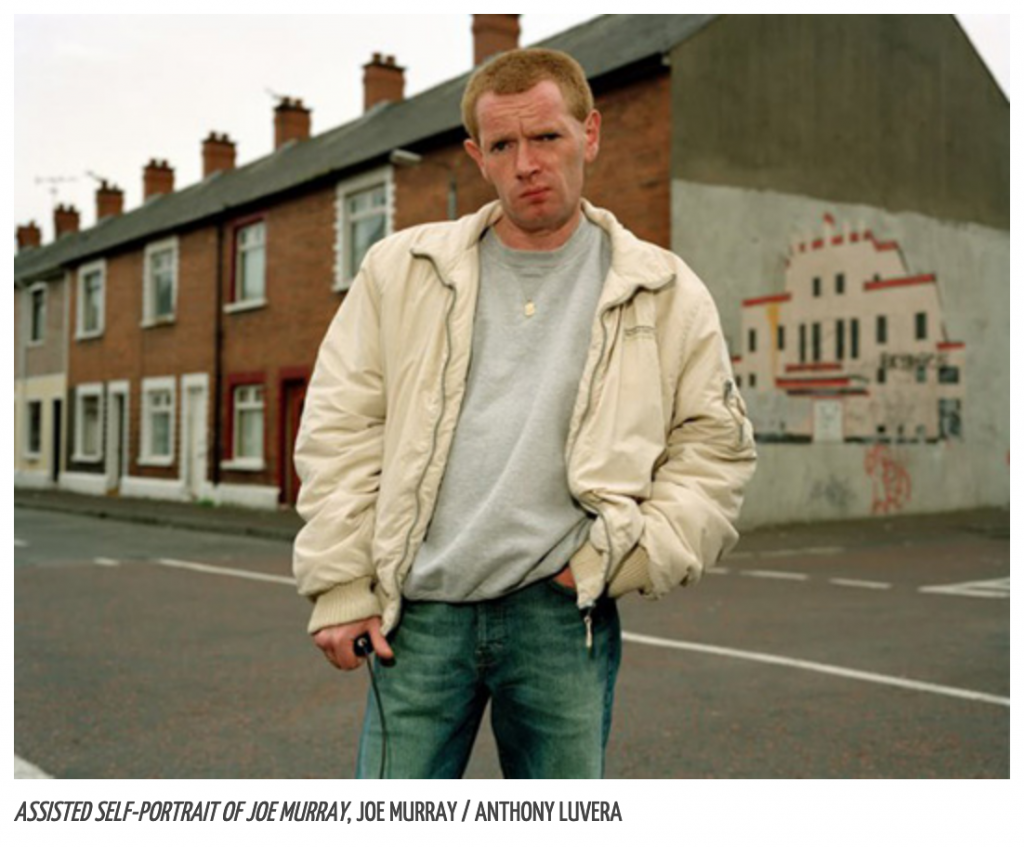
Looking at Luvera’s current working practices has also encouraged me to look at tethering in making assisted portraits. The 24hr activity has opened up two other forms of image that could be used in my FMP (Google satellite images and electronic microscope images). The workshop with Lewis Bush on Saturday should also help me work through what kind of documents and other data I should include in presentation of the FMP (and in the process).
References
Norfolk, S. 2019. Interviewed by Ben Smith. A Small Voice [podcast], 107, 12th June 2019.


